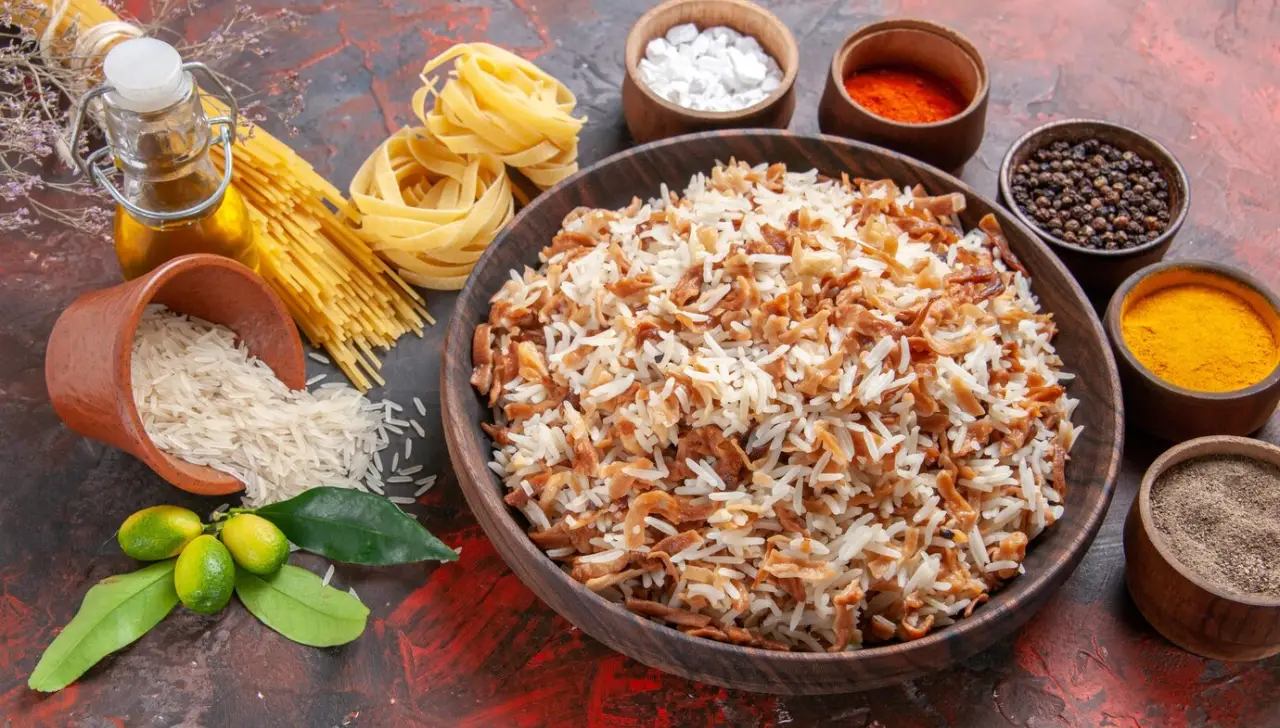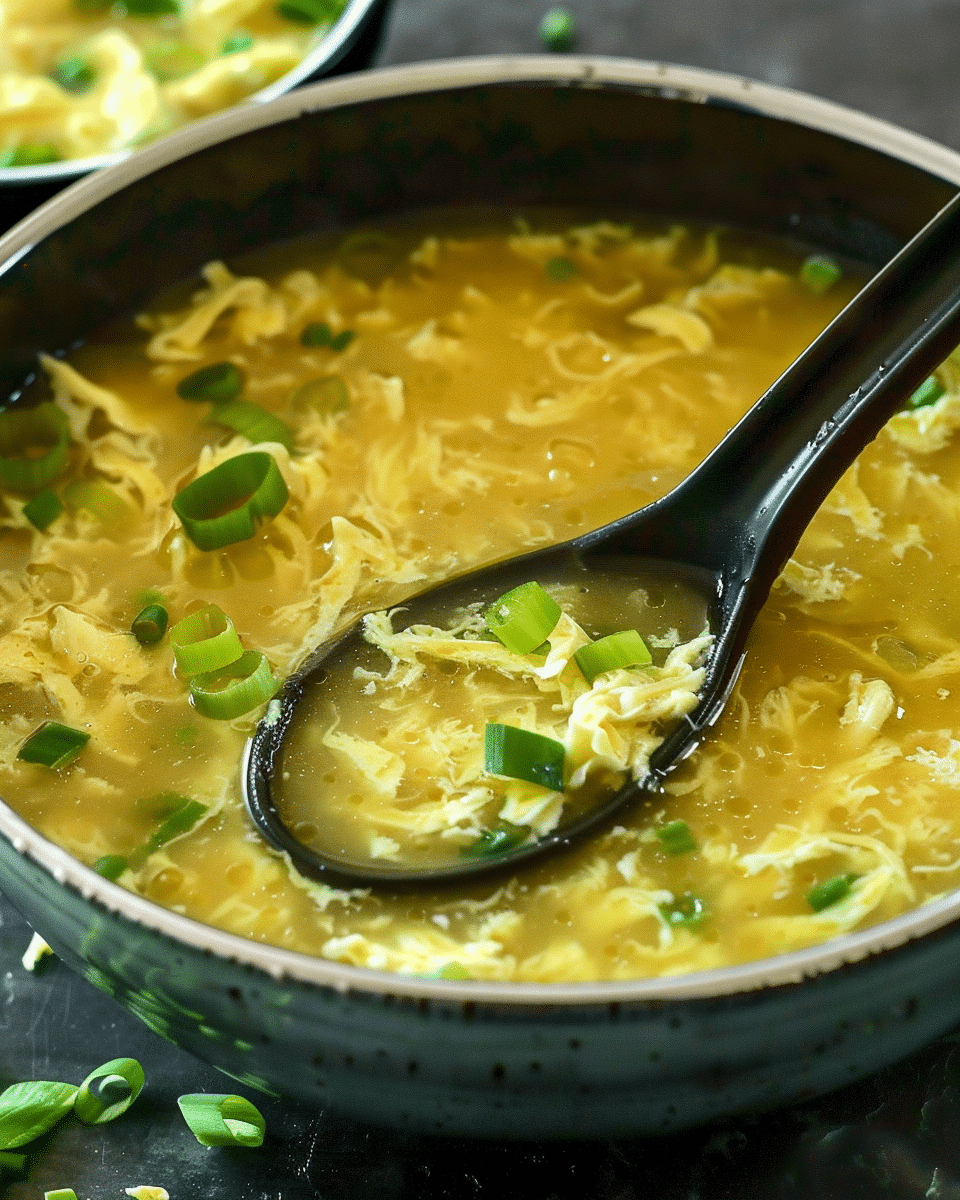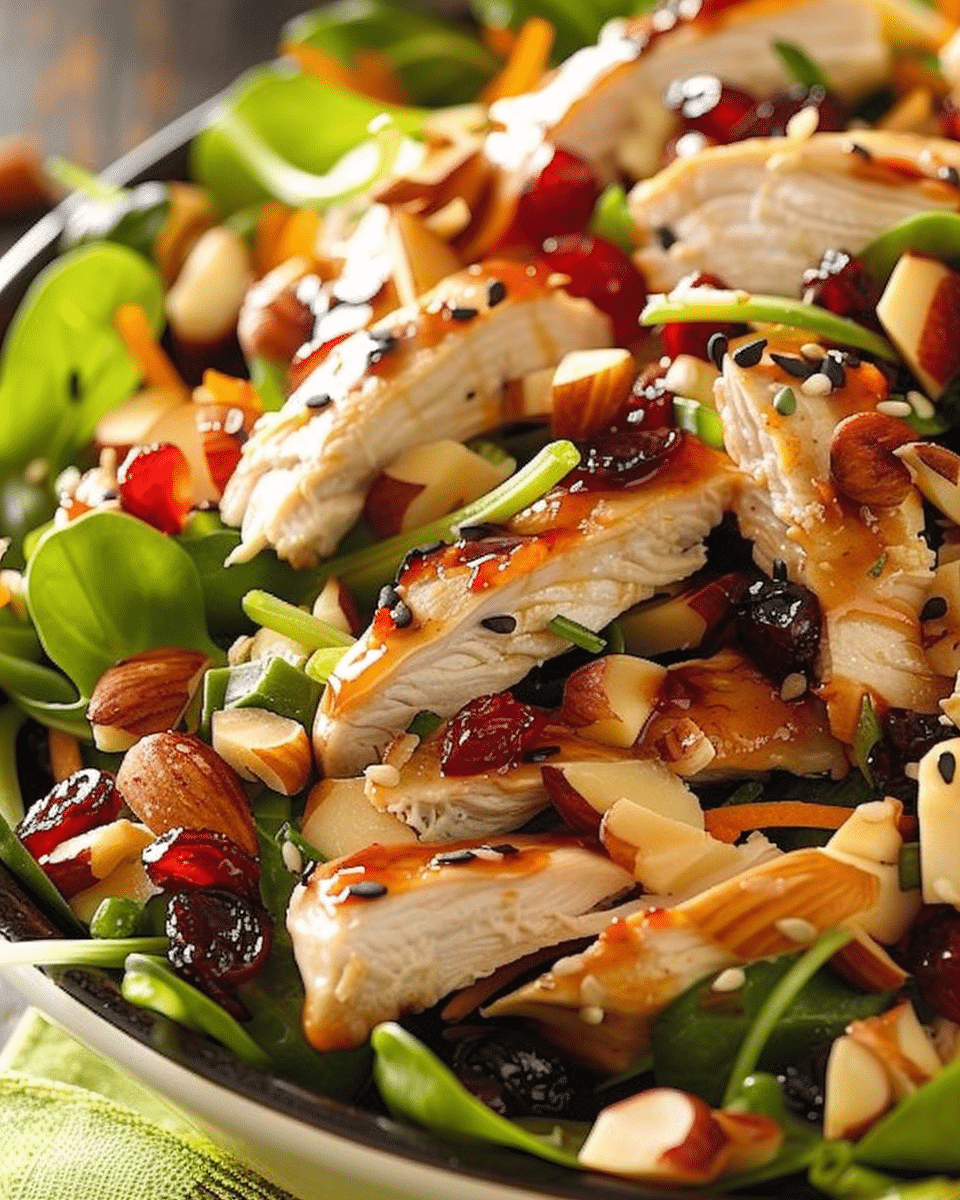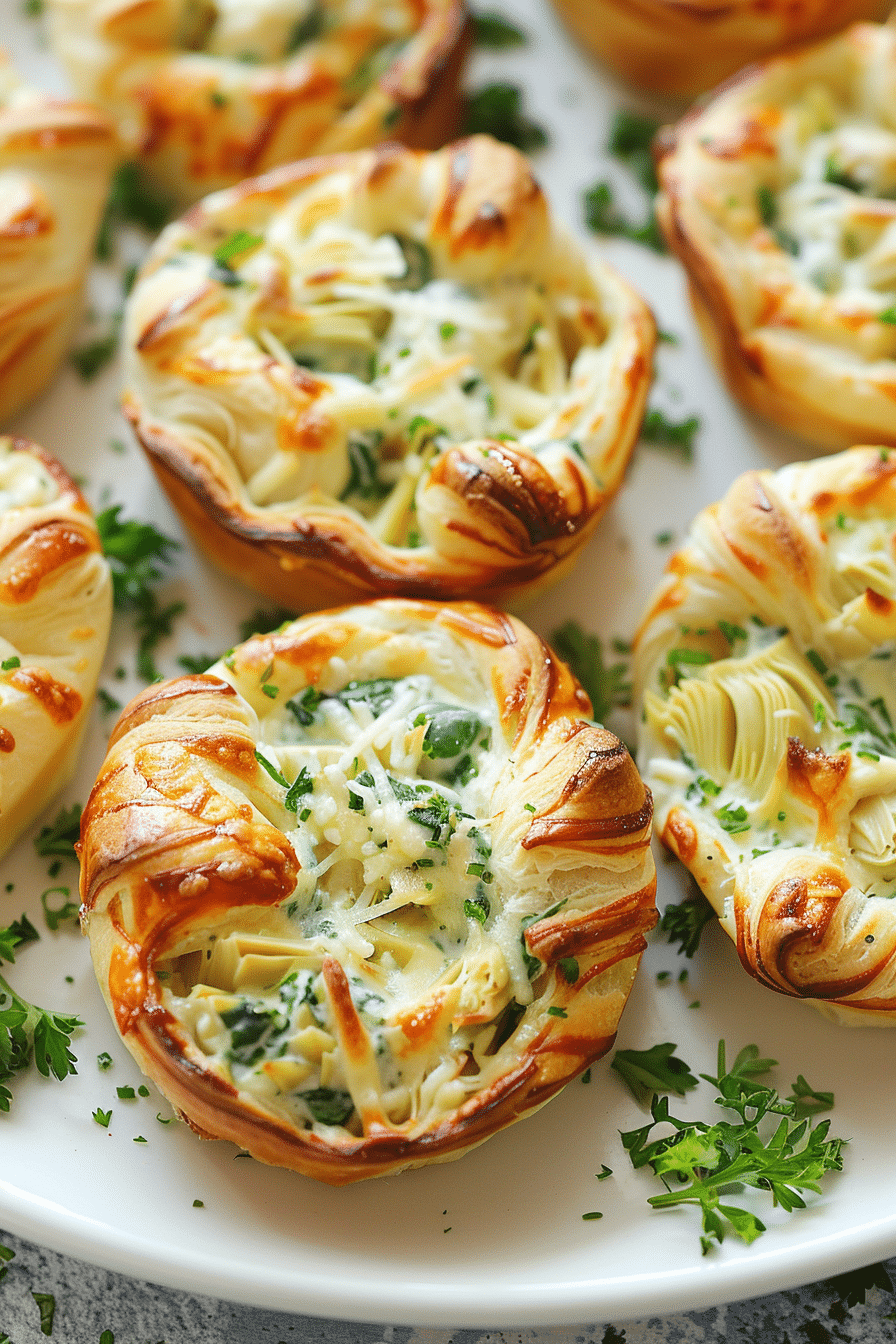When it comes to determining the best vegetarian dish in the world, it’s a challenging task given the vast array of delicious options available. Vegetarianism has seen a significant rise in recent years. As people become more health-conscious and environmentally aware, the demand for vegetarian dishes has grown immensely.
The world offers a rich tapestry of vegetarian dishes, each telling a story of its origin and cultural significance. In this article, we’ll delve into some of the top contenders for the title of the best vegetarian dish. For those eager to explore more, Find Vegetarian Recipes offers a plethora of options.
This exploration of top vegetarian dishes from around the world underscores the fact that opting for a meat-free diet doesn’t mean skimping on taste or cultural experience. Whether you’re a dedicated vegetarian or someone looking to diversify your palate, the world of vegetarian cuisine promises endless delicious adventures. And who knows, you might just discover your own personal best vegetarian dish in the world.
From the streets of Cairo to the bustling cities of Japan, vegetarian dishes have made their mark. Let’s dive into some of the most iconic vegetarian dishes:
Pan con tomate (Catalan tomato bread)
Pan con tomate is a simple yet delicious Catalan dish, also known as “pa amb tomàquet” in Catalan. It’s a staple in Catalan cuisine and is often served as a tapa in Spain. Here’s how you can make it:
Ingredients:
- Rustic bread (like a baguette or country loaf), sliced
- Ripe tomatoes, halved
- Garlic cloves, peeled and halved (optional)
- Extra virgin olive oil
- Salt
- Jamón serrano or Iberian ham (optional)
Instructions:
- Toast the Bread:
- Preheat your oven or toaster oven to 400°F (200°C). Place the bread slices on a baking sheet and toast them until they are golden and crispy. Alternatively, you can also toast the bread on a grill or griddle for a charred flavor.
- Rub with Garlic (Optional):
- Once the bread is toasted and while it’s still hot, rub one side of each slice with the cut side of a garlic clove. This will give the bread a subtle garlic flavor. If you’re not a fan of garlic, you can skip this step.
- Rub with Tomato:
- Take a ripe tomato half and rub it over the toasted side of the bread, ensuring the bread absorbs the tomato juices and pulp. Depending on the size of your bread and tomato, you might use up the entire half for one slice or you might need more than one slice per tomato half.
- Drizzle with Olive Oil:
- Generously drizzle extra virgin olive oil over the tomato-rubbed bread.
- Season:
- Sprinkle with a pinch of salt. Adjust to taste.
- Add Jamón (Optional):
- If you’d like, you can top the bread with thin slices of Jamón serrano or Iberian ham. This adds a salty and savory element to the dish.
- Serve:
- Serve immediately as an appetizer or snack. It pairs wonderfully with other tapas and a glass of Spanish wine.
Koshary

Koshary (also spelled kushari or koshari) is a traditional Egyptian dish that has become one of the country’s most iconic foods. It’s a hearty vegetarian dish that combines rice, lentils, pasta, and chickpeas, topped with a spicy tomato sauce and caramelized onions. It’s both delicious and filling, and it’s often considered comfort food by many Egyptians.
Here’s a basic recipe for Koshary:
Ingredients:
- Rice and Lentils:
- 1 cup rice
- 1 cup brown lentils
- 4 cups water (for cooking)
- Salt to taste
- Pasta:
- 1 cup small pasta (like elbow macaroni or ditalini)
- Chickpeas:
- 1 can chickpeas, drained and rinsed
- Tomato Sauce:
- 2 tbsp olive oil
- 1 onion, finely chopped
- 3 garlic cloves, minced
- 1 can of diced tomatoes (or 4 fresh tomatoes, chopped)
- 1 tsp cumin
- 1 tsp paprika
- Chili powder or hot sauce to taste (depending on how spicy you want it)
- Salt and pepper to taste
- Caramelized Onions:
- 2 large onions, thinly sliced
- Oil for frying
Instructions:
- Rice and Lentils:
- Wash the lentils and rice separately under cold water.
- In a pot, bring 2 cups of water to a boil. Add the lentils and a pinch of salt. Reduce the heat to low, cover, and simmer for about 20 minutes or until the lentils are half-cooked.
- Add the rice to the pot with the lentils, along with another 2 cups of water and more salt. Cover and let it simmer until both the rice and lentils are cooked through.
- Pasta:
- Cook the pasta according to the package instructions until al dente. Drain and set aside.
- Tomato Sauce:
- In a saucepan, heat the olive oil over medium heat. Add the chopped onions and sauté until translucent.
- Add the minced garlic and sauté for another minute.
- Add the tomatoes, cumin, paprika, chili powder or hot sauce, salt, and pepper. Let it simmer for about 20 minutes or until the sauce thickens.
- Caramelized Onions:
- In a frying pan, heat the oil over medium heat. Add the sliced onions and fry until they become dark brown and crispy. This might take some time, so be patient and stir occasionally to prevent burning.
- Assembly:
- In a serving bowl, layer the rice and lentil mixture at the bottom.
- Add a layer of pasta and then chickpeas.
- Pour the spicy tomato sauce over the top.
- Garnish with the caramelized onions.
Serve hot and enjoy this delicious Egyptian comfort food! Some people also like to add a drizzle of vinegar and garlic sauce or serve it with a side of pickled vegetables. Adjust the ingredients and spices according to your preference.
Falafel

Falafel is a popular Middle Eastern dish made from ground chickpeas (or fava beans in some regions) that are mixed with herbs and spices, then deep-fried to create crispy, flavorful balls or patties. They’re often served in pita bread with tahini sauce, salad, and pickled vegetables, making them a staple in vegetarian cuisine.
Here’s a basic recipe for falafel:
Ingredients:
- Falafel:
- 2 cups dried chickpeas (soaked overnight in cold water)
- 1 small onion, roughly chopped
- 3-4 garlic cloves
- 1/4 cup fresh parsley, chopped
- 1/4 cup fresh cilantro, chopped (optional)
- 1 tsp salt
- 1/2 tsp black pepper
- 1 tsp cumin
- 1 tsp ground coriander
- 1/4 tsp cayenne pepper (optional, for a spicy kick)
- 1 tsp baking powder
- 1-2 tbsp all-purpose flour (or as needed)
- Oil for frying (like canola or vegetable oil)
- Tahini Sauce (optional):
- 1/2 cup tahini (sesame seed paste)
- 2 tbsp lemon juice
- 2 garlic cloves, minced
- Salt to taste
- Water to thin (as needed)
Instructions:
- Falafel:
- After soaking the chickpeas overnight, drain and rinse them.
- In a food processor, combine the chickpeas, onion, garlic, parsley, cilantro, salt, black pepper, cumin, coriander, and cayenne pepper. Process until you get a fine, crumbly mixture. Don’t over-process; you don’t want a paste.
- Transfer the mixture to a bowl. Add the baking powder and flour. Mix well. If the mixture is too wet, add a bit more flour.
- Shape the mixture into small balls or patties using your hands or a falafel scoop.
- Heat the oil in a deep frying pan over medium heat. Once hot, fry the falafel in batches, ensuring they’re golden brown on all sides. This usually takes 3-5 minutes per batch.
- Remove the falafel with a slotted spoon and place them on paper towels to drain excess oil.
- Tahini Sauce:
- In a bowl, whisk together tahini, lemon juice, minced garlic, and salt. The sauce might thicken, so add water as needed to achieve your desired consistency.
Serve the falafel warm with tahini sauce, inside pita bread, or on a bed of salad. They’re also delicious with pickled vegetables and hummus. Enjoy!
Spanakopita

Spanakopita is a traditional Greek savory pastry made with phyllo dough, spinach, and feta cheese. It can be made as a large pie or as individual triangles. Here’s a basic recipe for Spanakopita:
Ingredients:
- 1 lb (450g) fresh spinach, washed and chopped (or frozen spinach, thawed and drained)
- 1 cup feta cheese, crumbled
- 1/4 cup fresh dill, chopped (optional)
- 1/4 cup fresh parsley, chopped
- 1 medium onion, finely chopped
- 2-3 green onions, finely chopped
- 2-3 cloves garlic, minced
- 1/4 cup extra virgin olive oil, plus more for brushing
- 2 large eggs, lightly beaten
- Salt and pepper, to taste
- 1 package phyllo dough (16 oz), thawed
- 1/2 cup unsalted butter, melted (for brushing)
Instructions:
- Prepare the Filling:
- In a large skillet, heat the olive oil over medium heat. Add the onions and sauté until translucent.
- Add the garlic and sauté for another minute.
- If using fresh spinach, add it to the skillet and sauté until wilted. If using frozen spinach, ensure it’s thoroughly drained to remove excess water, then add to the skillet.
- Remove from heat and let the spinach mixture cool.
- In a large mixing bowl, combine the cooled spinach mixture with feta cheese, dill, parsley, green onions, eggs, salt, and pepper. Mix well.
- Assemble the Spanakopita:
- Preheat your oven to 350°F (175°C).
- Brush a baking dish with melted butter.
- Lay one sheet of phyllo dough in the dish and brush with melted butter. Repeat this process, layering and buttering each sheet, until you have about 6-8 sheets layered.
- Spread the spinach and feta mixture evenly over the phyllo layers.
- Continue layering and buttering the remaining phyllo sheets on top of the filling.
- Using a sharp knife, score the top layers of phyllo to mark out the pieces (this makes it easier to cut after baking).
- Bake:
- Place the baking dish in the oven and bake for about 30-40 minutes, or until the phyllo is golden brown and crispy.
- Serve:
- Remove from the oven and let it cool for a few minutes. Using the score marks as a guide, cut through the spanakopita to serve.
Enjoy your homemade Spanakopita with a side of Greek salad or tzatziki sauce!
Ratatouille

Ratatouille is a classic Provençal (French) vegetable stew that celebrates the bounty of summer produce. It traditionally features eggplant, bell peppers, zucchini, tomatoes, and onions, all simmered together with herbs. While there are many variations of ratatouille, here’s a basic recipe to get you started:
Ingredients:
- Vegetables:
- 1 large eggplant, diced into 1-inch pieces
- 2 zucchinis, sliced into 1-inch rounds
- 1 red bell pepper, seeded and chopped
- 1 yellow bell pepper, seeded and chopped
- 1 large onion, chopped
- 4-5 ripe tomatoes, chopped
- 4 garlic cloves, minced
- 2-3 tbsp olive oil
- Herbs and Seasonings:
- 1 tsp fresh thyme leaves (or 1/2 tsp dried thyme)
- 1 tsp fresh rosemary, chopped (or 1/2 tsp dried rosemary)
- 1 bay leaf
- Salt and pepper to taste
- Fresh basil or parsley for garnish (optional)
Instructions:
- Preparation:
- Salt the diced eggplant and let it sit in a colander for about 30 minutes. This helps draw out moisture and bitterness. Rinse with cold water and pat dry with paper towels.
- Cooking:
- In a large pot or Dutch oven, heat the olive oil over medium heat. Add the onions and garlic and sauté until translucent.
- Add the bell peppers and sauté for another 5 minutes until they start to soften.
- Add the zucchini and eggplant to the pot. Stir well and cook for about 10 minutes.
- Add the chopped tomatoes, thyme, rosemary, and bay leaf. Season with salt and pepper.
- Reduce the heat to low, cover, and let the ratatouille simmer for about 30-40 minutes, stirring occasionally. The vegetables should be tender but not mushy.
- Check the seasoning and adjust if necessary. Remove the bay leaf.
- Serving:
- Serve the ratatouille warm, garnished with fresh basil or parsley if desired.
- Ratatouille can be enjoyed on its own, with crusty bread, over pasta, or even as a filling for crepes.
Ratatouille is one of those dishes that often tastes even better the next day, as the flavors meld together. It’s a versatile dish that can be adapted to personal preferences, and it’s a wonderful way to enjoy summer vegetables. Bon appétit!
Käsespätzle

Käsespätzle is a traditional German dish, especially popular in the Swabian region of southern Germany. It’s essentially a German version of macaroni and cheese, made with homemade egg noodles (Spätzle) and layered with cheese, then topped with caramelized onions. Here’s a recipe for Käsespätzle:
Ingredients:
For the Spätzle:
- 2 cups all-purpose flour
- 4 large eggs
- 1/4 cup milk (or water)
- 1/2 tsp salt
- A pinch of nutmeg (optional)
For the Assembly:
- 1 1/2 cups grated Emmental or Gruyère cheese (or any other melty cheese you prefer)
- 2 large onions, thinly sliced
- 3 tbsp butter
- Salt and pepper, to taste
- Fresh parsley, chopped (for garnish, optional)
Instructions:
- Make the Spätzle Dough:
- In a large bowl, combine the flour, eggs, milk, salt, and nutmeg. Mix until you have a smooth but thick batter. Let the batter rest for about 30 minutes.
- Cook the Spätzle:
- Bring a large pot of salted water to a boil.
- Using a Spätzle maker or a colander with large holes, press the batter through the holes directly into the boiling water. If you’re using a colander, you can use a spatula or the back of a spoon to press the batter through.
- Cook the Spätzle for 2-3 minutes or until they float to the surface. Remove them with a slotted spoon and drain.
- Caramelize the Onions:
- In a skillet, melt the butter over medium heat. Add the sliced onions and sauté until they’re golden brown and caramelized. This might take 15-20 minutes. Season with a bit of salt and set aside.
- Assemble the Käsespätzle:
- Preheat your oven to 375°F (190°C).
- In a baking dish, layer half of the Spätzle, then sprinkle with half of the cheese. Add another layer of Spätzle and finish with the remaining cheese.
- Bake in the oven for about 10-15 minutes, or until the cheese is melted and bubbly.
- Serve:
- Remove from the oven and top with the caramelized onions. Garnish with chopped parsley if desired.
- Serve hot and enjoy!
Käsespätzle is comfort food at its best and is often enjoyed with a side salad or some green vegetables. Enjoy your meal!
Humitas

Humitas are a traditional dish from the Andean regions of South America, especially popular in countries like Ecuador, Chile, and Argentina. They are made from freshly grated corn mixed with other ingredients, wrapped in corn husks, and then steamed or boiled. The result is a soft, sweet or savory corn pudding-like dish.
Here’s a basic recipe for Humitas:
Ingredients:
- Corn Mixture:
- 6-8 fresh ears of corn with husks
- 1 small onion, finely chopped
- 1/4 cup butter or lard
- 1 cup fresh cheese (queso fresco or a similar soft cheese), crumbled
- 1 tsp salt (adjust to taste)
- 1/2 tsp ground black pepper
- 1/4 cup milk (optional, if needed to blend)
- 1 tsp sugar (optional, for a sweeter version)
- For wrapping:
- Reserved corn husks
Instructions:
- Preparation of Corn and Husks:
- Carefully peel back the husks from each ear of corn, trying to keep them whole as these will be used for wrapping. Remove the silk and set the husks aside.
- Grate the corn off the cob or cut the kernels and blend them in a food processor to get a coarse paste.
- Corn Mixture:
- In a pan, melt the butter or lard over medium heat. Add the chopped onion and sauté until translucent.
- Add the grated or blended corn to the pan. Cook, stirring frequently, for about 10 minutes.
- Add the crumbled cheese, salt, pepper, and sugar (if using). Mix well. If the mixture is too thick, you can add a bit of milk to achieve a smoother consistency.
- Wrapping and Cooking:
- Take a couple of the reserved corn husks and overlap them flat on a surface.
- Place a few tablespoons of the corn mixture in the center of the overlapped husks.
- Fold the sides of the husks over the filling, then fold up the bottom and tie with a strip torn from another husk or with kitchen string. The goal is to create a wrapped package.
- Repeat with the remaining mixture.
- In a large pot with a steamer basket, steam the wrapped humitas for about 30-40 minutes. Ensure the pot has enough water, and the water doesn’t touch the humitas.
- Serving:
- Serve the humitas hot, unwrapped from their husks. They can be enjoyed as is or with accompaniments like aji (spicy sauce) or coffee in the morning.
Note: Recipes and preparation methods can vary by region and personal preference. Some versions might include eggs, spices, or other ingredients. Adjust the recipe according to your taste and the traditions of the specific region you’re aiming to replicate.
Paneer Tikka Masala

Paneer Tikka Masala is a popular Indian dish made from marinated paneer (Indian cottage cheese) that’s grilled and then served in a rich and creamy tomato-based gravy. Here’s a recipe for Paneer Tikka Masala:
Ingredients:
For the Paneer Tikka Marinade:
- 250g paneer, cut into cubes
- 1/2 cup thick yogurt or Greek yogurt
- 1 tbsp lemon juice
- 1 tbsp ginger-garlic paste
- 1-2 tsp red chili powder (adjust to taste)
- 1/2 tsp turmeric powder
- 1 tsp garam masala
- 1 tsp cumin powder
- Salt, to taste
- 2 tbsp mustard oil or vegetable oil
- A few skewers (wooden or metal)
For the Masala/Gravy:
- 2 large onions, finely chopped
- 2 large tomatoes, pureed
- 1 tbsp ginger-garlic paste
- 2-3 green chilies, slit (adjust to taste)
- 1/2 tsp turmeric powder
- 1-2 tsp red chili powder (adjust to taste)
- 1 tsp garam masala
- 1 tsp cumin seeds
- 1/2 cup heavy cream or coconut milk
- 2 tbsp oil or ghee
- Salt, to taste
- Fresh cilantro (coriander leaves) for garnish
Instructions:
- Marinate the Paneer:
- In a bowl, mix together all the ingredients for the marinade except the paneer. Once the marinade is well combined, add the paneer cubes and ensure they’re well coated. Let it marinate for at least 2 hours, preferably overnight in the refrigerator.
- Grill the Paneer:
- If using wooden skewers, soak them in water for about 30 minutes to prevent burning.
- Thread the marinated paneer cubes onto the skewers.
- Grill the paneer on a grill, grill pan, or in an oven at 400°F (200°C) until the paneer is golden and slightly charred. Once done, set aside.
- Prepare the Masala/Gravy:
- In a pan, heat the oil or ghee. Add cumin seeds and let them splutter.
- Add the finely chopped onions and sauté until they’re golden brown.
- Add the ginger-garlic paste and green chilies, and sauté for another 2 minutes.
- Add the tomato puree, turmeric powder, red chili powder, and salt. Cook until the oil separates from the masala.
- Add the grilled paneer cubes to the masala and mix gently.
- Pour in the heavy cream or coconut milk and mix. Let it simmer for 5-7 minutes.
- Finish with garam masala and adjust salt if needed.
- Serve:
- Garnish with fresh cilantro and serve hot with naan, roti, or rice.
Enjoy your Paneer Tikka Masala!
Margherita Pizza

Margherita pizza is a classic Italian pizza that features simple, fresh ingredients: tomato, fresh mozzarella, fresh basil, and olive oil. It’s named after Queen Margherita of Savoy and the colors of the pizza represent the Italian flag: red (tomato), white (mozzarella), and green (basil).
Here’s a basic recipe for Margherita Pizza:
Ingredients:
- Pizza Dough:
- You can use store-bought pizza dough or make your own from scratch.
- Toppings:
- 1-2 ripe tomatoes, thinly sliced (or you can use a simple tomato sauce)
- 1 ball of fresh mozzarella cheese, sliced
- Fresh basil leaves
- Extra virgin olive oil
- Salt to taste
- For the Pizza Dough (if making from scratch):
- 2 1/4 tsp active dry yeast (one packet)
- 1 1/2 cups warm water (110°F or 45°C)
- 3 1/2 to 4 cups all-purpose flour
- 2 tbsp olive oil
- 2 tsp salt
- 1 tsp sugar
While we explore the world of vegetarian dishes, it’s also fun to take a detour and explore some non-vegetarian delights. If you’re hosting a gathering where your guests have diverse dietary preferences, consider making the Alabama Hot Pockets Recipe. It’s a flavorful and satisfying dish that will please your non-vegetarian guests.
Making the Perfect Margherita Pizza
Pizza Dough (if making from scratch):
- In a bowl, dissolve the sugar in warm water and then sprinkle the yeast over the top. Let it sit for about 10 minutes, or until it’s frothy.
- In a large bowl, combine the flour and salt. Make a well in the center and pour in the yeast mixture and olive oil. Stir the mixture until it forms a dough. It’s essential to get the water temperature right for the yeast to activate properly. According to Veronica Mclean, a chef at Roberta’s Pizza in Los Angeles, the ideal water temperature for pizza dough is between 110 and 115 F.
- Turn the dough onto a floured surface and knead for about 5-7 minutes, or until smooth and elastic.
- Place the dough in a greased bowl, cover with a damp cloth, and let it rise in a warm place for about 1 to 1.5 hours, or until it has doubled in size.
- Preheat your oven as hot as it will go, ideally 475°F (245°C) or higher. A common reason for a less than perfect crust is baking at a lower temperature. To recreate the perfect crust at home, you’ll want to turn your oven as hot as it goes. For most non-commercial ovens, this will likely be about 500-550 F. If you’re curious about why this is so crucial, check out this article on why your homemade pizza crust might be too hard.
- Punch down the risen dough and turn it out onto a floured surface. Roll it into your desired pizza shape and thickness.
Assembling the Pizza:
- Place the rolled-out pizza dough onto a pizza stone or a baking sheet.
- If using tomato sauce, spread a thin layer over the dough. If using sliced tomatoes, arrange them evenly over the dough.
- Distribute slices of fresh mozzarella over the tomatoes.
- Drizzle a bit of extra virgin olive oil over the top and sprinkle with a pinch of salt.
Baking:
- Bake in the preheated oven for about 10-12 minutes, or until the crust is golden and the cheese is melted and bubbly.
- Once out of the oven, immediately top with fresh basil leaves.
Serving:
- Slice and serve the Margherita pizza while it’s hot. Enjoy!
Note: For an authentic touch, you can also use a pizza stone and a wood-fired oven, but the recipe above is adapted for typical home kitchens. Adjust cooking times based on your oven’s capabilities and the thickness of your pizza crust.
Trofie al pesto

Trofie, characterized by its short, twisted shape, pairs perfectly with pesto. This traditional sauce is a blend of basil, garlic, pine nuts, Parmesan cheese, and olive oil. Below is a guide on how to prepare Trofie al pesto:
Ingredients:
- For the Pesto:
- 2 cups fresh basil leaves, packed
- 2 cloves garlic
- 1/4 cup pine nuts
- 2/3 cup extra-virgin olive oil, divided
- Kosher salt and freshly ground black pepper, to taste
- 1/2 cup freshly grated Pecorino cheese
- 1/2 cup freshly grated Parmesan cheese
- For the Pasta:
- 500g (about 1 pound) Trofie pasta (if you can’t find Trofie, you can use another type of short pasta)
- Salt, for boiling the pasta
Instructions:
- Making the Pesto:
- In a food processor, combine the basil, garlic, and pine nuts. Pulse until coarsely chopped.
- While the food processor is running, slowly add 1/2 cup of the olive oil. Stop the processor and scrape down the sides as needed.
- Season with salt and pepper.
- Transfer the mixture to a large serving bowl. Mix in both cheeses. If you’re using the pesto immediately, add the remaining olive oil and mix well. If you’re storing it for later, make sure the surface of the pesto is covered with a layer of olive oil; this will prevent it from oxidizing and turning brown.
- Cooking the Pasta:
- Bring a large pot of salted water to a boil.
- Add the Trofie pasta and cook according to the package instructions or until al dente.
- Reserve about 1 cup of the pasta water, then drain the pasta.
- Combining Pasta and Pesto:
- Add the drained pasta to the bowl with the pesto.
- Toss well to coat, adding the reserved pasta water a little at a time to achieve your desired sauce consistency.
- Serving:
- Serve the Trofie al pesto immediately, garnished with additional grated cheese if desired.
Enjoy your meal! This dish is a celebration of fresh flavors, and it’s best enjoyed in the warmer months when basil is at its peak. If you want an even more authentic experience, you can make the Trofie pasta from scratch, but that’s a bit more involved. The above recipe is a quicker version that focuses on the pesto sauce.
For those looking to explore more vegetarian dishes from different cultures, VeggTravel provides a treasure trove of information.
FAQs
What is a popular vegetarian meal? A popular vegetarian meal is a vegetable stir-fry with tofu served over rice.
What do American vegetarians eat? American vegetarians often eat salads, veggie burgers, pastas, grains, legumes, fruits, vegetables, tofu, tempeh, and dairy or plant-based alternatives.
What is the best vegetarian cuisine? The “best” vegetarian cuisine is subjective, but Indian cuisine is highly regarded for its vast and flavorful vegetarian dishes.
Which country has the best vegetarian food? India is often considered to have the best vegetarian food due to its rich history and variety of plant-based dishes.
Conclusion
The quest for the Best Vegetarian Dish in the World takes us on a delightful culinary journey across continents. From the simple pleasures of Spain’s Pan con tomate to the intricate flavors of India’s Paneer Tikka Masala, vegetarian dishes offer a delightful culinary journey that speaks volumes about the culture and history of their places of origin. This exploration of top vegetarian dishes from around the world underscores the fact that opting for a meat-free diet doesn’t mean skimping on taste or cultural experience. Whether you’re a dedicated vegetarian or someone looking to diversify your palate, the world of vegetarian cuisine promises endless delicious adventures.









